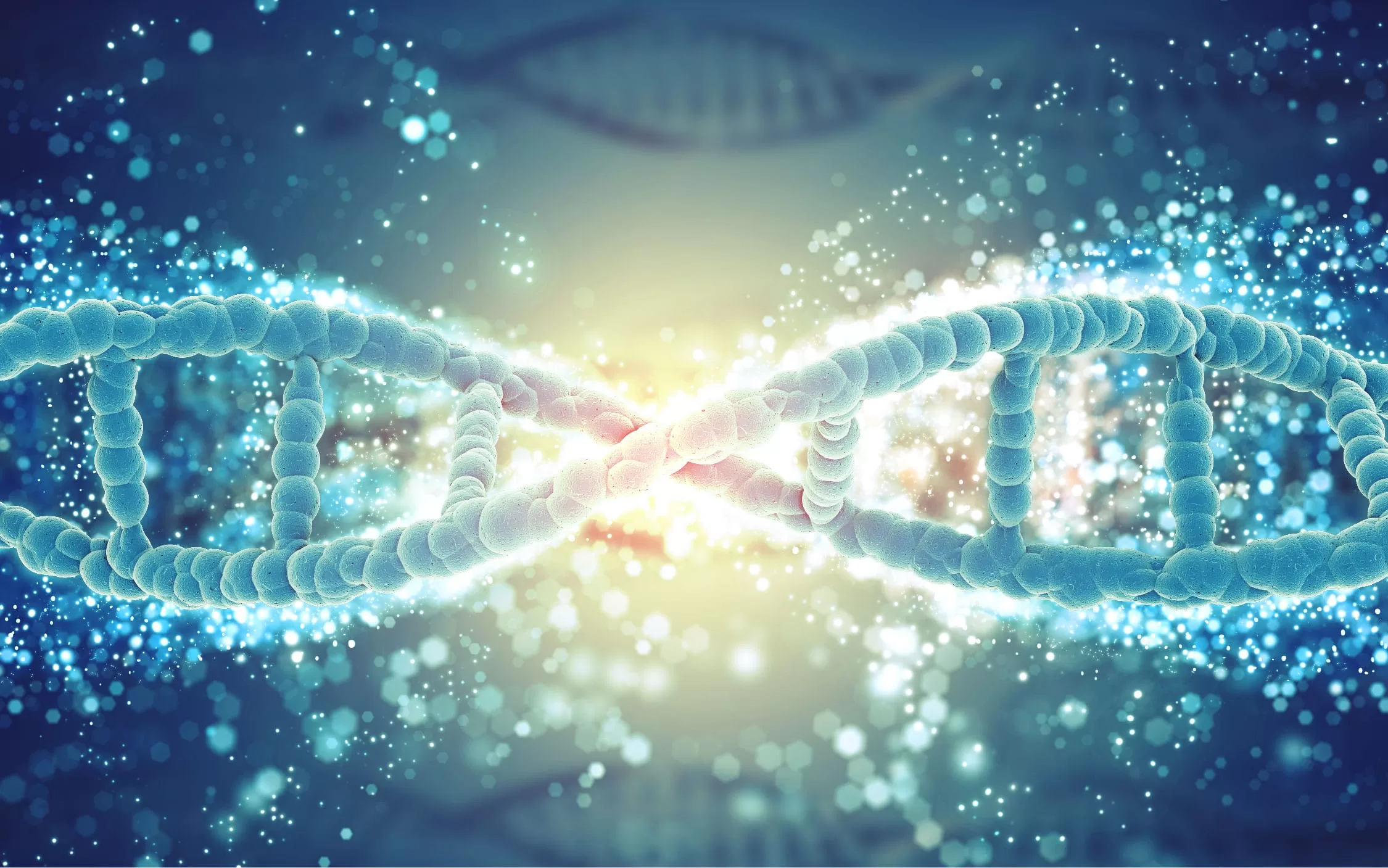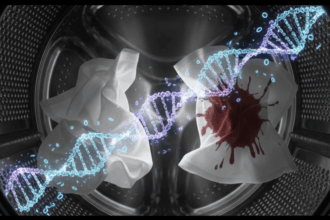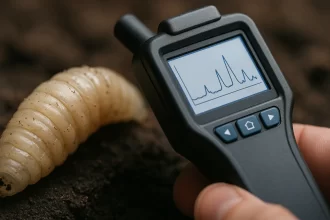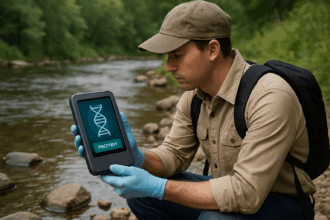A new study of the genetic history of Sardinia, a Mediterranean island off the western coast of Italy, tells how genetic ancestry on the island was relatively stable through the end of the Bronze Age, even as mainland Europe saw new ancestries arrive
A Window into the Past: Sardinia’s Genetic Evolution
The Mediterranean island of Sardinia has long been a focal point for genetic research, particularly due to its unique population dynamics and high frequencyFrequency is a fundamental concept in physics and wave theory. It refers to the number of times a specific point on a wave, such as a crest or trough, passes a fixed reference point in Read Full Definition of centenarians. A groundbreaking study, published in Nature Communications, has shed light on 6,000 years of the island’s genetic history, revealing periods of both stability and transformation. The study utilized genome-wide DNA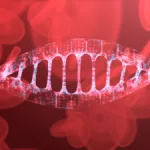 DNA, or Deoxyribonucleic Acid, is the genetic material found in cells, composed of a double helix structure. It serves as the genetic blueprint for all living organisms. Read Full Definition data
DNA, or Deoxyribonucleic Acid, is the genetic material found in cells, composed of a double helix structure. It serves as the genetic blueprint for all living organisms. Read Full Definition data Information in analog or digital form that can be transmitted or processed. Read Full Definition from 70 individuals, spanning from the Middle Neolithic to the Medieval period, providing a new perspective on how the island’s population has evolved.
Information in analog or digital form that can be transmitted or processed. Read Full Definition from 70 individuals, spanning from the Middle Neolithic to the Medieval period, providing a new perspective on how the island’s population has evolved.
Stability in the Face of Change
Sardinia’s genetic history presents a fascinating contrast to mainland Europe, which experienced significant shifts during the Bronze Age due to migrations. By analyzing ancient DNA from archaeological sites across Sardinia, researchers found that the island’s genetic makeup remained relatively stable from the Middle Neolithic (4100-3500 BCE) through the Nuragic period (~900 BCE). This stability is unique, as mainland Europe saw dramatic changes in population ancestry during the same time due to the arrival of new groups.
This enduring genetic continuity suggests that Sardinia’s isolation played a role in preserving its ancestral genetic pool, even as its culture evolved, evidenced by the construction of the island’s famous nuraghe stone towers.
Mediterranean Connections: The Arrival of Phoenicians, Punics, and Romans
While Sardinia’s genetic stability persisted for millennia, changes began during the Iron Age, when the island became increasingly connected to the broader Mediterranean world. The arrival of Phoenicians from the Levant, Punics from Carthage (modern-day Tunisia), and later Roman and Medieval influences introduced new genetic diversity to the island.
Researchers identified distinct genetic signatures from these different populations, showing that Sardinia was not entirely isolated but rather a hub of cultural and genetic exchange during key periods in Mediterranean history. The findings demonstrate how Sardinia’s genetic landscape became more complex over time, with waves of new ancestry arriving from various parts of the ancient world.
Linking Sardinia to Ötzi the Iceman
One of the most fascinating revelations from this study is the connection between Sardinians and Ötzi the Iceman, a 5,300-year-old mummy discovered in the Alps in northern Italy. Genomic data shows that Ötzi’s DNA is most similar to modern Sardinians, suggesting that the island’s population has retained genetic similarities with ancient mainland Europeans, more so than other modern European populations. This finding further emphasizes the relative isolation of Sardinia from the large-scale population turnovers that reshaped Europe during the Bronze Age.
Implications for Modern Health and Genetic Research
Understanding Sardinia’s genetic history is not only valuable for uncovering the past but also has significant implications for modern health research. Sardinia’s genetic isolation and the resulting high frequencies of certain genetic variants make it an important site for studying the genetic basis of diseases. Variants that are rare in mainland Europe are more common in Sardinia, providing a unique opportunity to study the links between genetics and health conditions such as autoimmune disorders, beta-thalassemia, and longevity.
Conclusion: A New Framework for Genetic Understanding
This study provides a fresh perspective on the genetic history of Sardinia, showcasing both the island’s deep ancestral continuity and its gradual integration into the broader Mediterranean genetic landscape. By examining ancient DNA, researchers have uncovered patterns that challenge previous assumptions about population movements and offer new insights into the genetic health of Sardinians. As future studies delve deeper into the genetic variants associated with disease, the knowledge gained from this research will continue to contribute to the understanding of human health and genetics.
This article is based on findings from a study authored by J. H. Marcus, C. Posth, H. Ringbauer, L. Lai, R. Skeates, C. Sidore, J. Beckett, A. Furtwängler, A. Olivieri, C. W. Chiang, K. Dey, T. A. Joseph, C. Liu, C. Der Sarkissian, R. Radzevičiūtė, M. Michel, M. G. Gradoli, P. Marongiu, S. Rubino, and J. Novembre, and is available under a Creative Commons Attribution 4.0 International License. The full license can be accessed here.
Note: Content has been edited for clarity and brevity.
Marcus et al. (2020). Genetic history from the Middle Neolithic to present on the Mediterranean island of Sardinia. Nature Communications, 11(1), 1-14. https://doi.org/10.1038/s41467-020-14523-6.



